Hello!
When it comes to choosing one or another type of headphones, each type has both a mass of supporters and a mass of opponents. Eugene in recent 'get-togethers on Tuesday' spoke out in favor of earplugs as a favorite type of headphones, citing good fixation in the ear and noise isolation as advantages compared to other design options.

However, plugs do not always provide a sufficient level of this very sound insulation.
It depends on many parameters, among which are the shape and materials of the headphone case, the length of the sound guide, and the quality of fitting parts. These are the parameters that the user can influence in only one way – do not buy headphones for which one of the listed parameters is not suitable.

In addition, there is a parameter that the end user can influence – ear pads or, in the case of plug-in headphones, it would be more correct to say nozzles.
The material, shape, and design of nozzles can greatly affect sound insulation. Correctly selected, they can significantly change the sound, and therefore the perception of headphones.
If we talk about the shape, then the earbuds have attachments of various shapes and sizes.

The most commonly used form is the classic one. Elongated rounded cone.

The material used for the manufacture of nozzles also varies widely. This is rubber, silicone, plastic, and even special foam that takes the shape of an ear. The thinner and harder the wall of the nozzle, the more noise it will let through. Conversely, a thick and soft wall will absorb external noise well. Due attention is not always paid to the material of the nozzles.
Some manufacturers use several types of materials in the manufacture of attachments. Most often, this technique was found in Sony attachments. The outer part of such a nozzle is made of high-quality rubber, the inner part is made of rubber or silicone of a different color, composition and density. In my experience Sony has some of the highest quality attachments.

At the same time, different manufacturers also have rather exotic options, such as 'herringbones', which are inserted deep into the auditory canal. Not everyone likes this option, as it can cause discomfort.
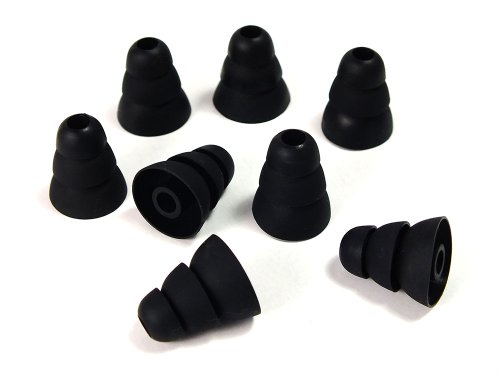
You can, of course, order a casting of the headphone case and ear cushions according to the shape of your ear, but how much will such modding cost? Not everyone can afford it, and not everyone needs it.

If you are not satisfied with the attachments that come with the headphones, you can purchase them separately. However, there are situations when the selection of nozzles turns out to be a non-trivial task, and having found the most convenient and comfortable ones, you realize that these most convenient and successful in shape nozzles poorly isolate external noise. In this case, you can try to modify the existing version.
Option one – modification
To improve noise isolation, it is necessary to minimize the amount of empty space between the ear canal and the external environment.
For this we need an ordinary sponge and scissors.
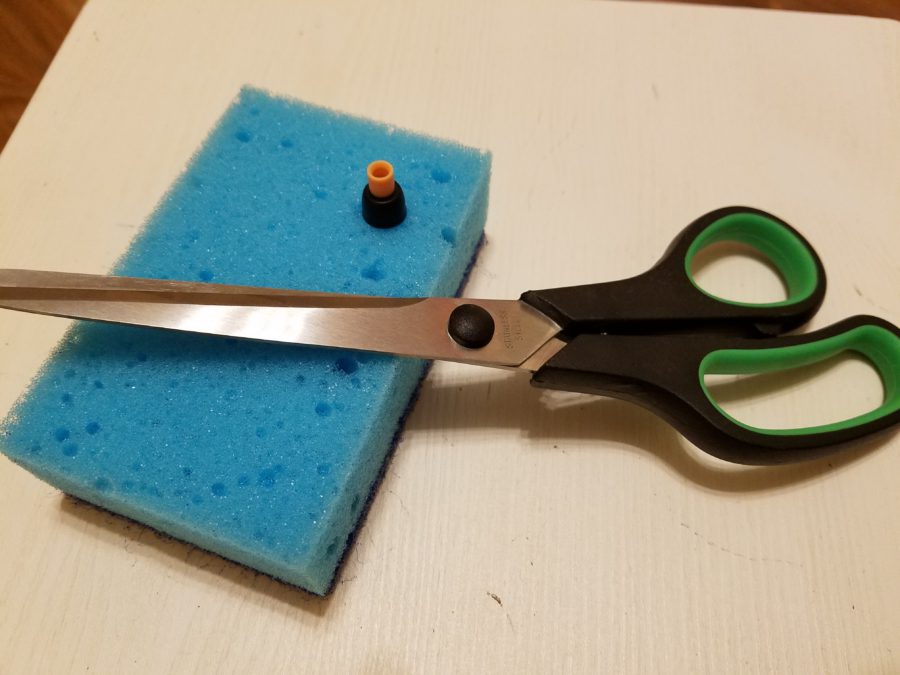
Our task is to cut an O-ring from foam rubber, which will be located between the outer shell of the nozzle and the inner sleeve. The main thing is not to overdo it with the size.
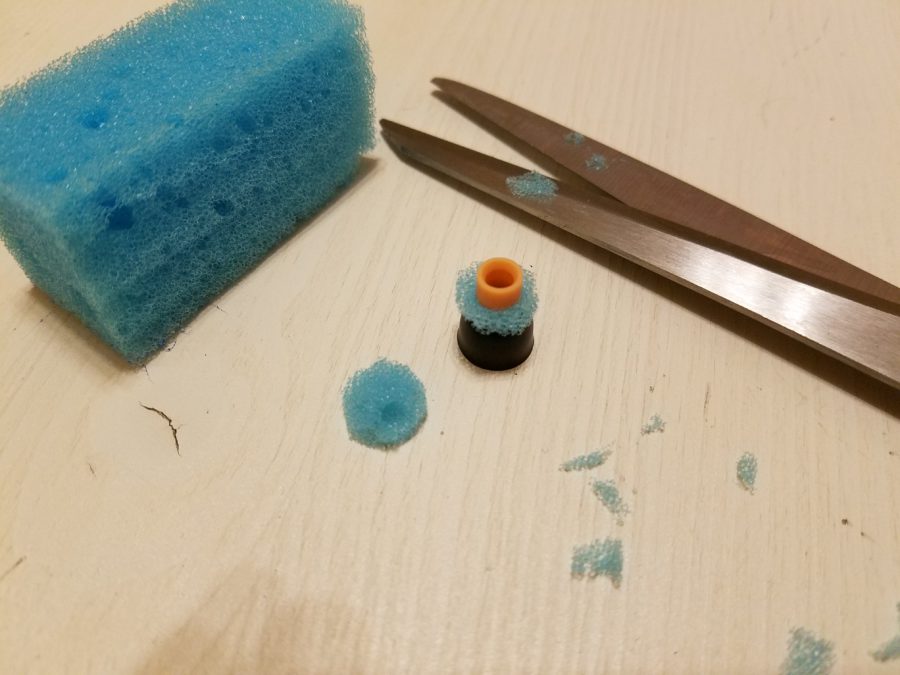
Do not forget that all this design will then need to fit in the ear.
The hole in the middle can be cut out, or you can melt it with a soldering iron or a hot awl. At this point someone is more comfortable and familiar.
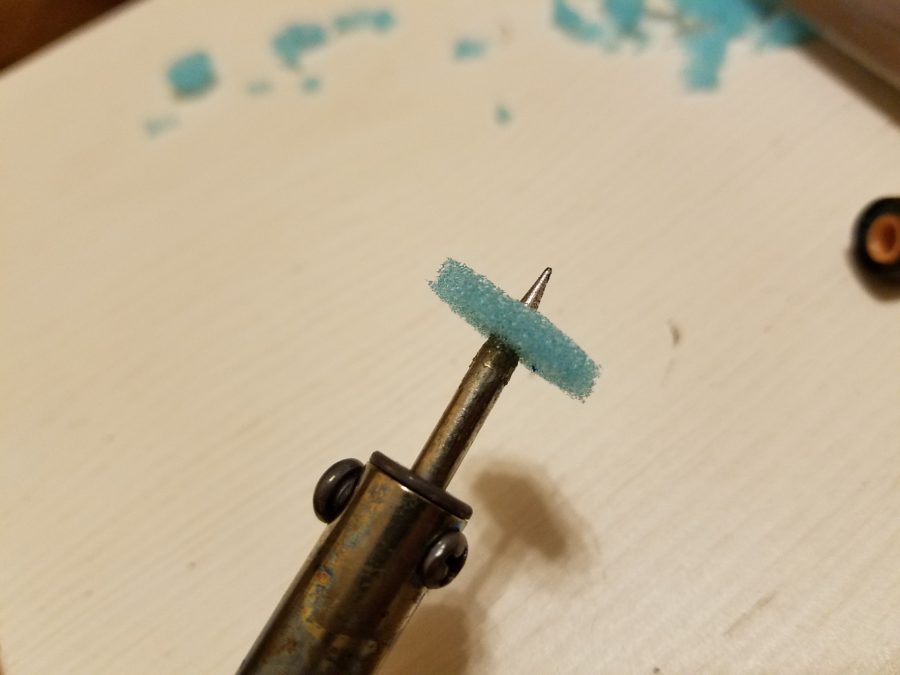
As a result, we get nozzles that, thanks to the new porous inner layer, isolate noise much better.
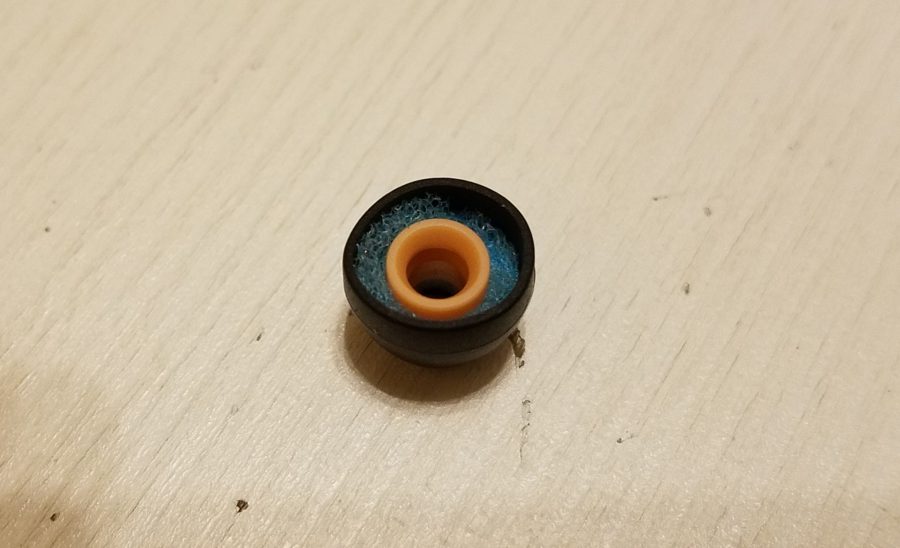
The degree of sound insulation will also depend on the density of the foam. Do not forget that the denser the foam rubber, the more it will press on the walls of the ear canal. Observe the measure.
Option two – creation
Once upon a time, headphones appeared on the market that had seemingly massive structures made of foam material as attachments. To insert such nozzles into the ear, they had to be crumpled, and then they straightened in the ear, filling the empty space with themselves, due to which they kept there perfectly.

You can order these attachments separately. Or you can make them yourself. To do this, at the nearest pharmacy we buy an item created in order to isolate sound – the most ordinary earplugs. For example, these are.
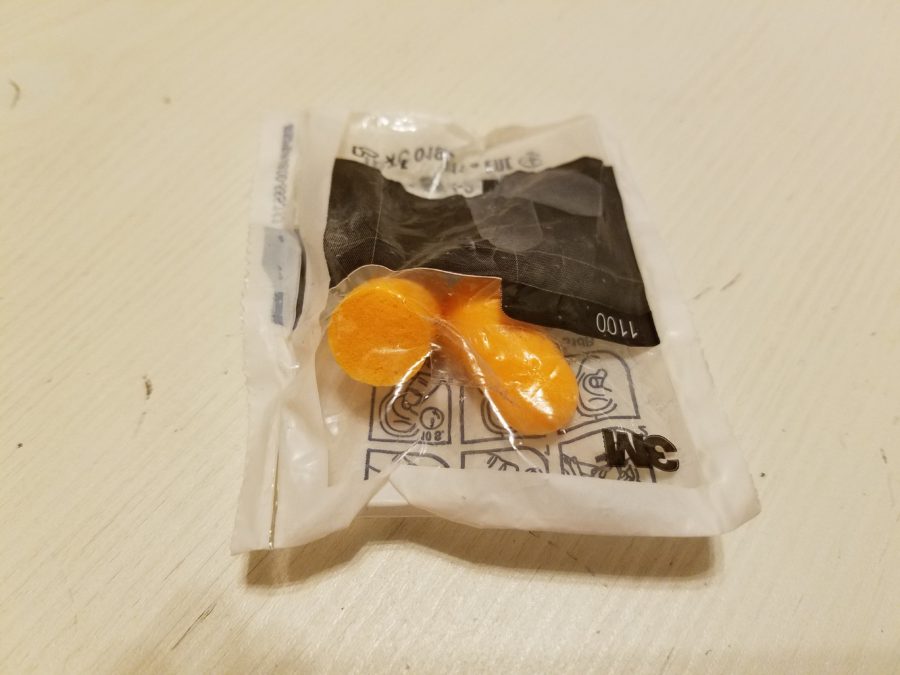
And then we carry out simple manipulations with them. Cut off the required length.

And with a soldering iron already familiar to us, or with a hot awl, we make a hole of the required diameter.
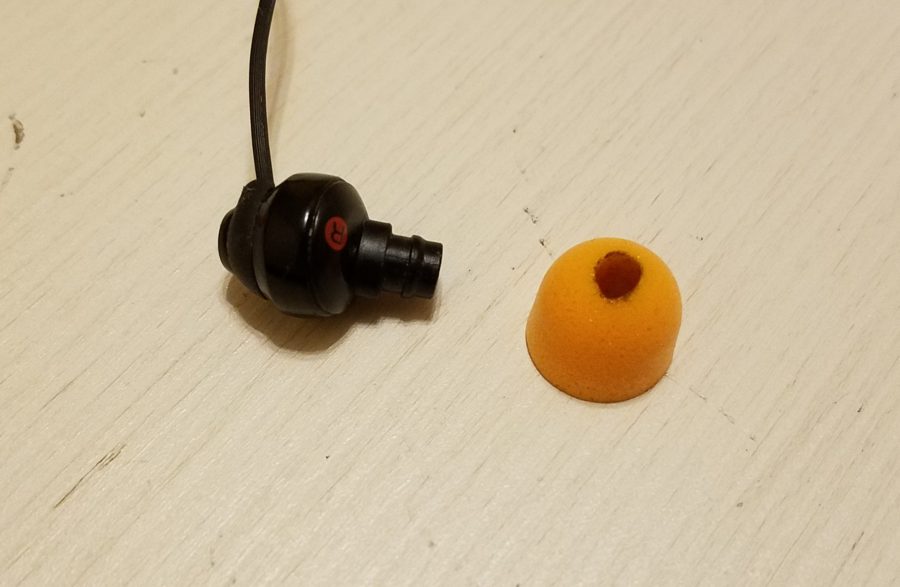
It is convenient to burn a hole because the material from which such earplugs are made boils when in contact with the soldering iron, creating a seal around the hole, and then making it easier to put the resulting nozzles on the earphone sound tube.


Thus, we get, albeit short-lived, but very comfortable earpieces with excellent noise isolation, which hold perfectly in the ear.
Conclusion
This modding is far from new, and has been used by many headphone users for quite some time, however, as shown by a survey among friends, not everyone suspects such options for improving noise isolation. Therefore, if this information turns out to be useful to someone, I will only be glad.
For each type of headphone, there are many ways of improvement that can improve, or simply change the parameter that the user needs. How necessary such manipulations are, everyone decides for himself, but we are not here just to be a part of the consumer society, but in order to adjust the world around us with our own hands, right? ?
And I would also like to hear from you, dear readers, what methods of improving noise insulation do you use, and do you use at all?
